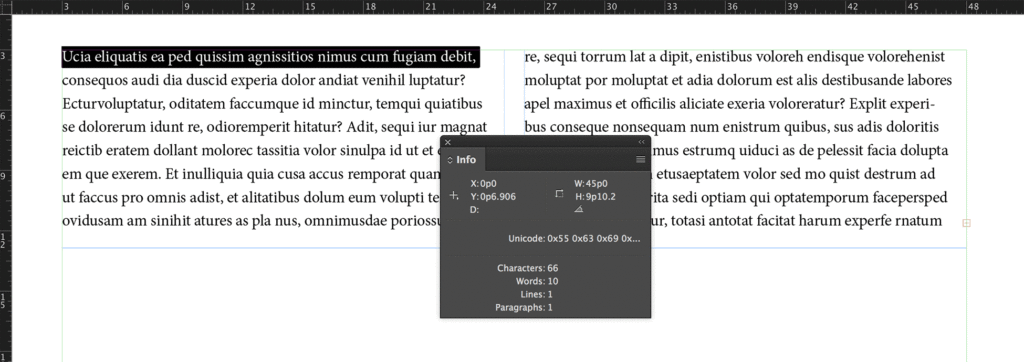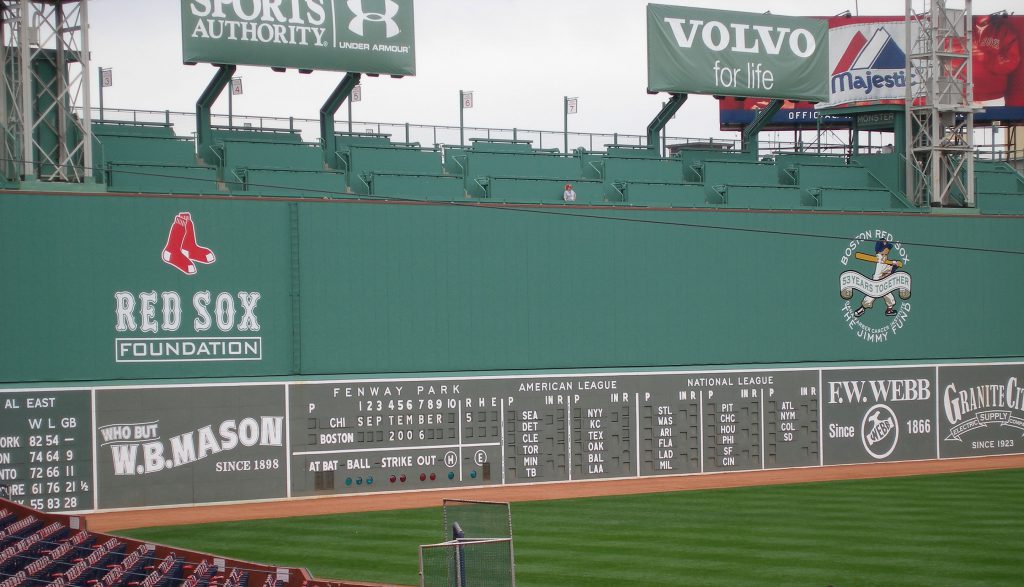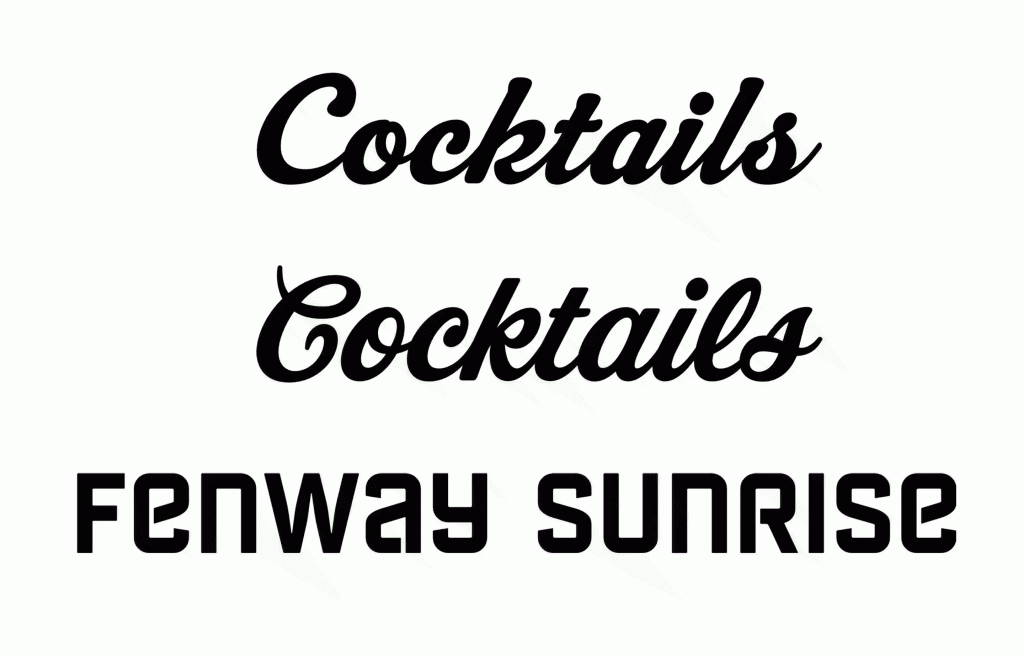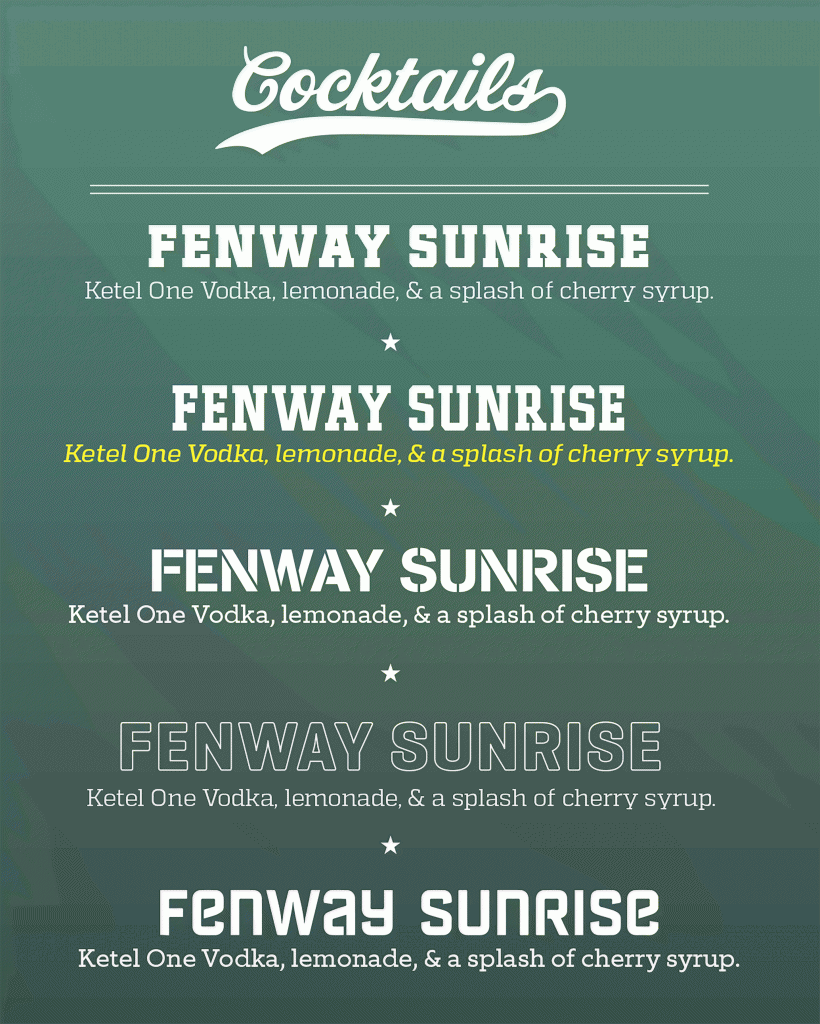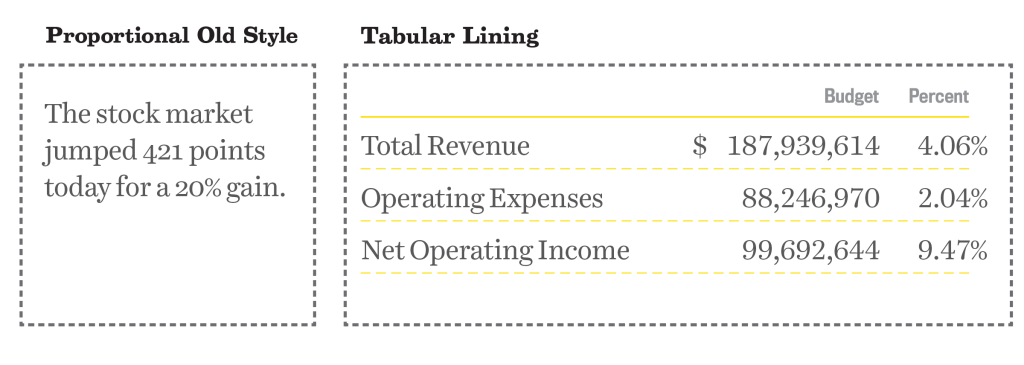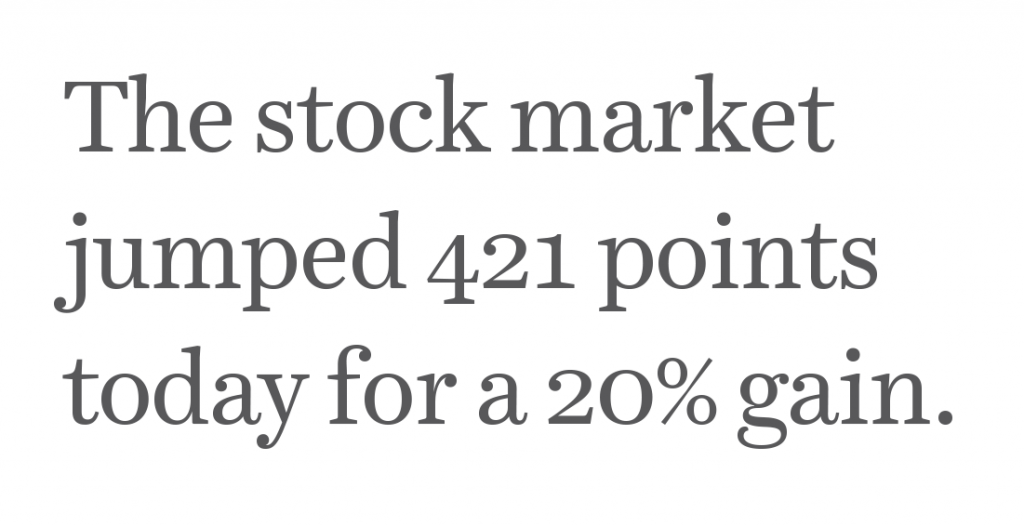You no longer need to pay big bucks, commute to a crowded classroom or sit through long lectures to expand your knowledge, learn a new skill or advance in your career. Save your hard earned cash for gifts for your family and friends, fun activities, or maybe even a vacation, all while continuing to feed your intellectual well-being through online education.
Check out some of our favorite websites below that allow you to learn new things for free.
Highbrow
Highbrow is an email subscription service that brings bite-sized courses to your inbox on a daily basis. Courses are 10 days long and lessons are 5 minutes or less.
Topics include: art, business, health, history, languages, nature, philosophy, productivity, psychology, science, technology, travel
Free Code Camp
Free Code Camp teaches you how to code while helping nonprofits at the same time. Win win!!!
Topics include: computer programming
Lifehack
Lifehack is an excellent lifestyle blog that helps improve all aspects of your life.
Topics include: work, technology, money, communication, productivity, lifestyle
Guides
Guides is one of the largest collections of online resources that allows you to organize and share information while continuing to learn about new things through simple and beautifully designed guides.
Topics include: wide variety of topics with ability to search by interest
w3schools
w3schools teaches you computer programming through numerous web tutorials, definitions, references and examples. You can also test your code for accuracy before going live!
Topics include: computer programming
TED-Ed
TED-Ed is a collaboration of animated educational videos that are fun to view and easy to share. All videos are 10 minutes or less to watch!
Topics include: wide variety of topics with ability to search by interest
TED Talks
TED Talks are short talks given by outstanding professionals from all over the world devoted to sharing ideas.
Topics include: technology, entertainment, design
Free Management Library
The Free Management Library provides a collection of online articles and resources to help your professional and personal development.
Topics include: wide variety of topics including but not limited to career development, e-commerce, employee benefits, project management, time management, work life balance, etc.
Codecademy
Codecademy is a hands on website that allows you to learn how to code by doing instead of studying. Learn a variety of programming languages including HTML, CSS, Javascript, Ruby on Rails, and more!
Topics include: computer programming
Lynda
Lynda offers a 10-day free trial which allows access to thousands of courses on a variety of topics.
Topics include: software development, design, web development, business, photography
Studies have shown that continuous learning is a fundamental key to success and happiness. Ring in the new year with new knowledge and perhaps a new routine! Happy learning!
Post has been updated to include links.
Caitlin’s education and background is in Graphic Design. She connected with Creative Circle in 2010 as a candidate. After a couple of years freelancing through Creative Circle and with her own clients, she accepted a full-time job as a Creative Circle Recruiter. Caitlin currently works part-time for the company to help improve the overall candidate experience. Outside of work, Caitlin can be found chasing her toddler around, spending time with family, horseback riding, working on her fixer-upper home and enjoying the outdoors.

 Joseph Alessio is a typographic illustrator based in San Francisco who blends type, letters and animates a host of mixed media in typographic compositions. Joseph’s approach with spatial relationships in type and motion is unique. He loves that part of the process in the middle, when you feel like you can experiment and play and discover – “that’s to me the most exciting and fulfilling part.”
Joseph Alessio is a typographic illustrator based in San Francisco who blends type, letters and animates a host of mixed media in typographic compositions. Joseph’s approach with spatial relationships in type and motion is unique. He loves that part of the process in the middle, when you feel like you can experiment and play and discover – “that’s to me the most exciting and fulfilling part.”
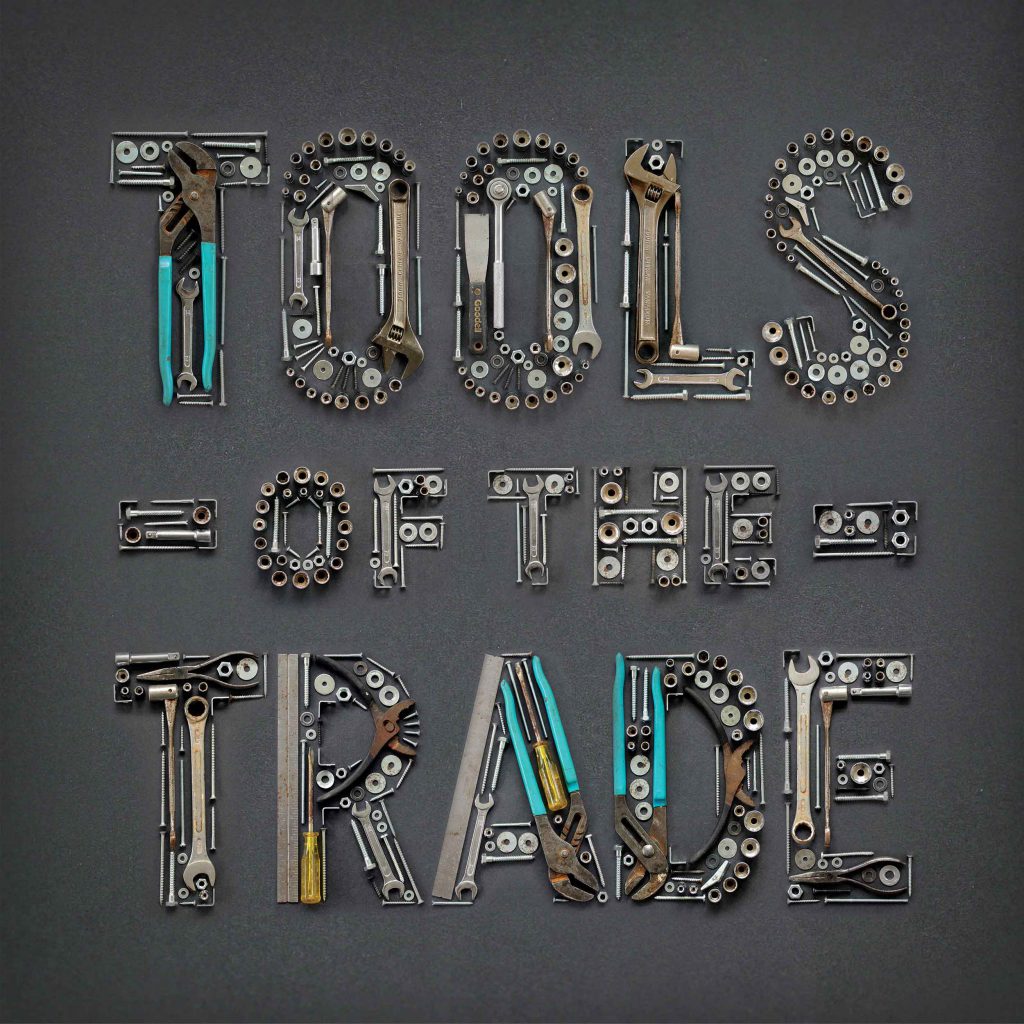

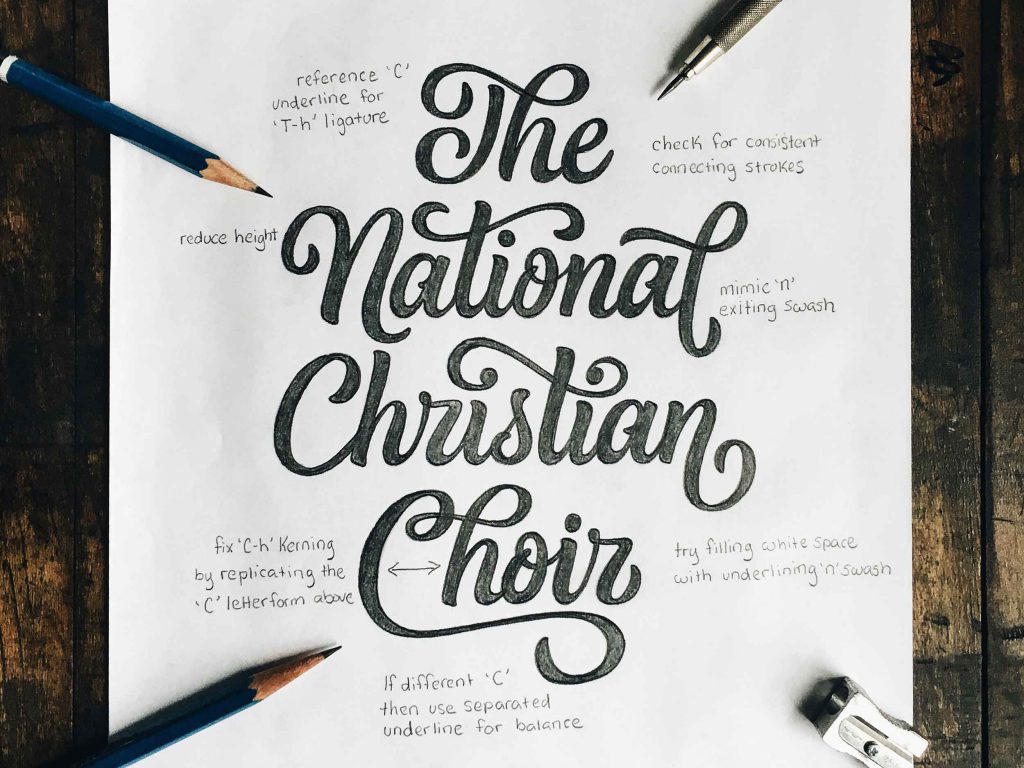
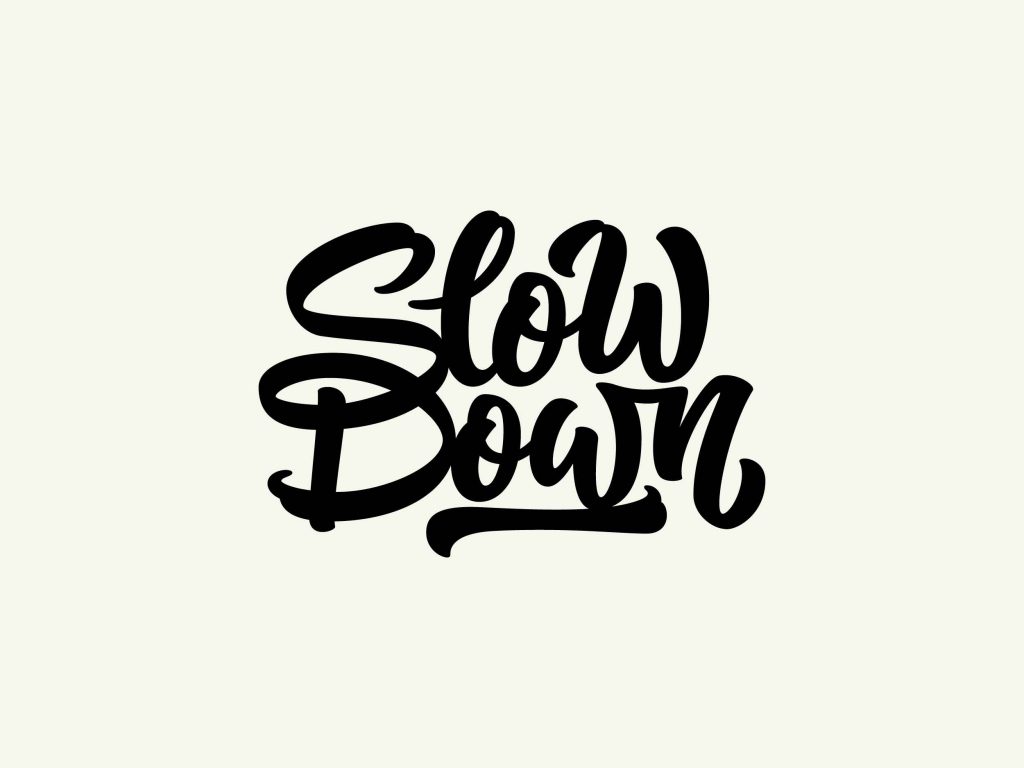
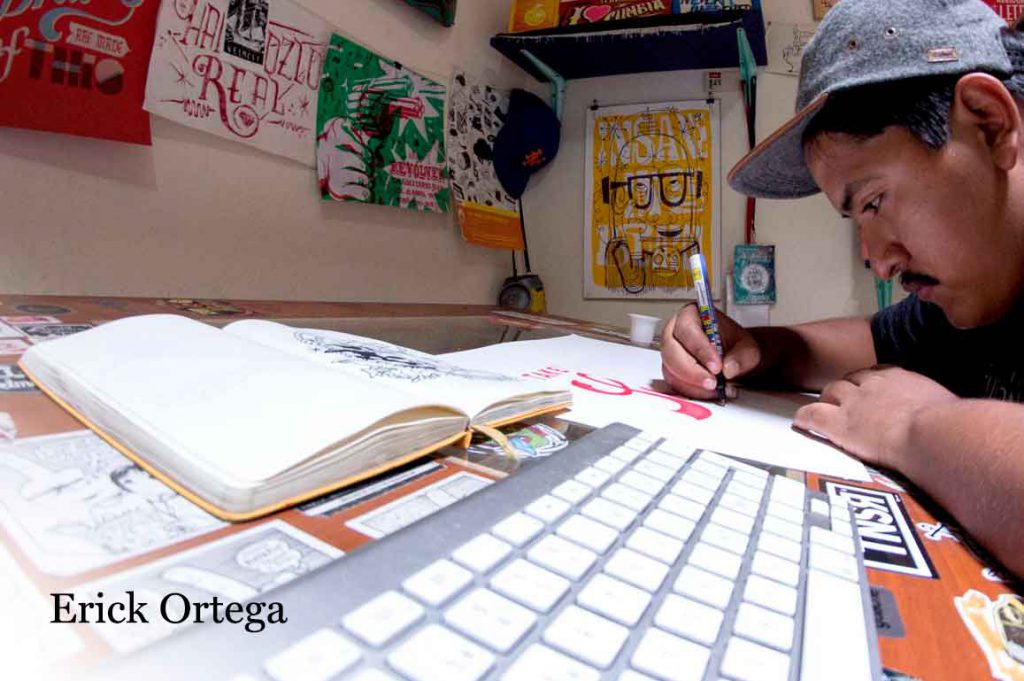
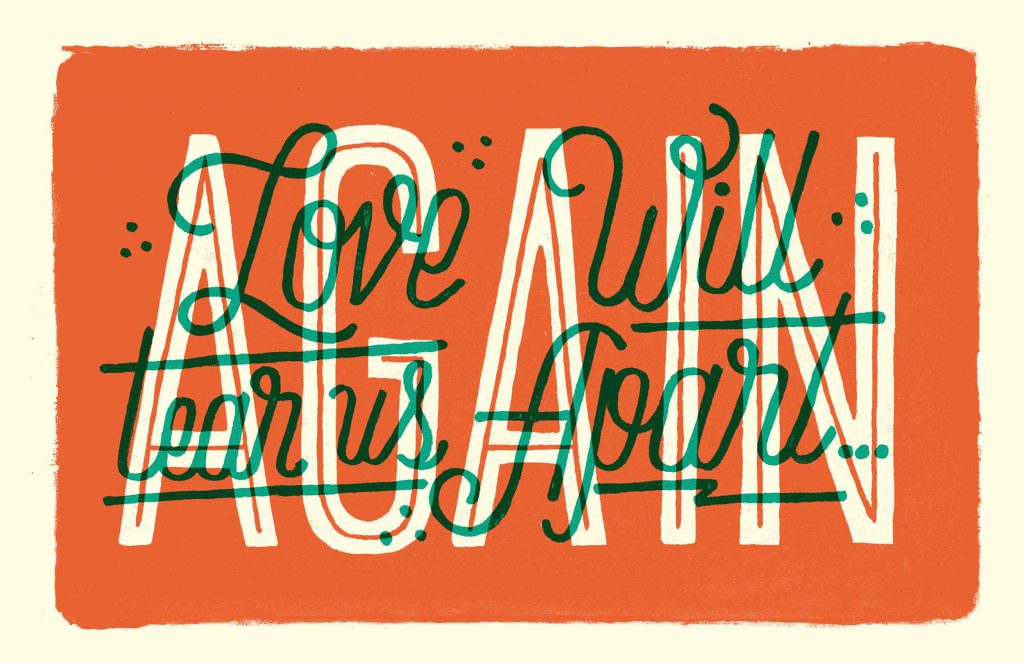
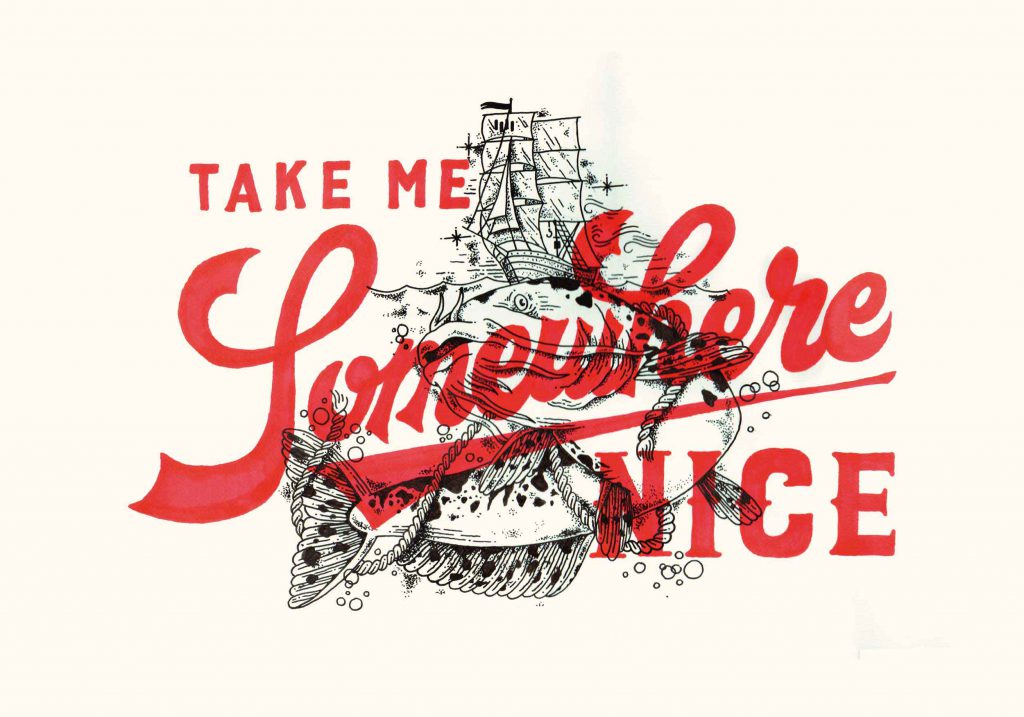
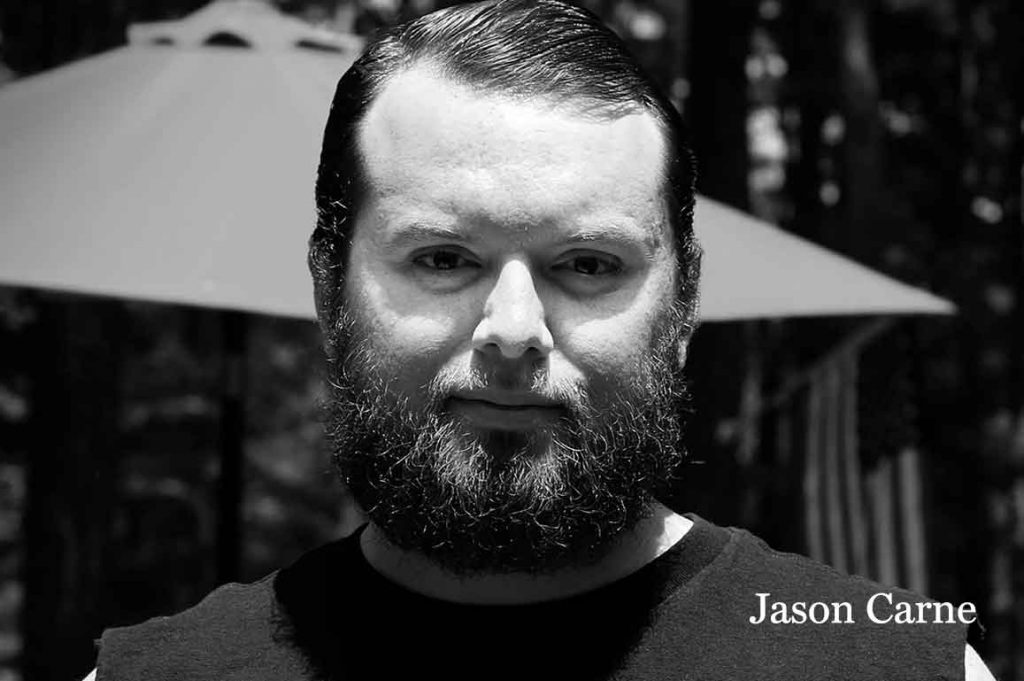 Jason Carne, a freelance graphic designer who letters and designs type in Saylorsburg, Pennsylvania, specializes in decorative, ornamental lettering. He is heavily inspired by the past, and constantly looking at old packaging, decades-old photos of signage from decades or centuries ago, and vintage record covers. He admits, “I feel like there was a stronger connection to ones craft in 1916 than there is in 2016, there was a desire to make sure something stood the test of time.”
Jason Carne, a freelance graphic designer who letters and designs type in Saylorsburg, Pennsylvania, specializes in decorative, ornamental lettering. He is heavily inspired by the past, and constantly looking at old packaging, decades-old photos of signage from decades or centuries ago, and vintage record covers. He admits, “I feel like there was a stronger connection to ones craft in 1916 than there is in 2016, there was a desire to make sure something stood the test of time.”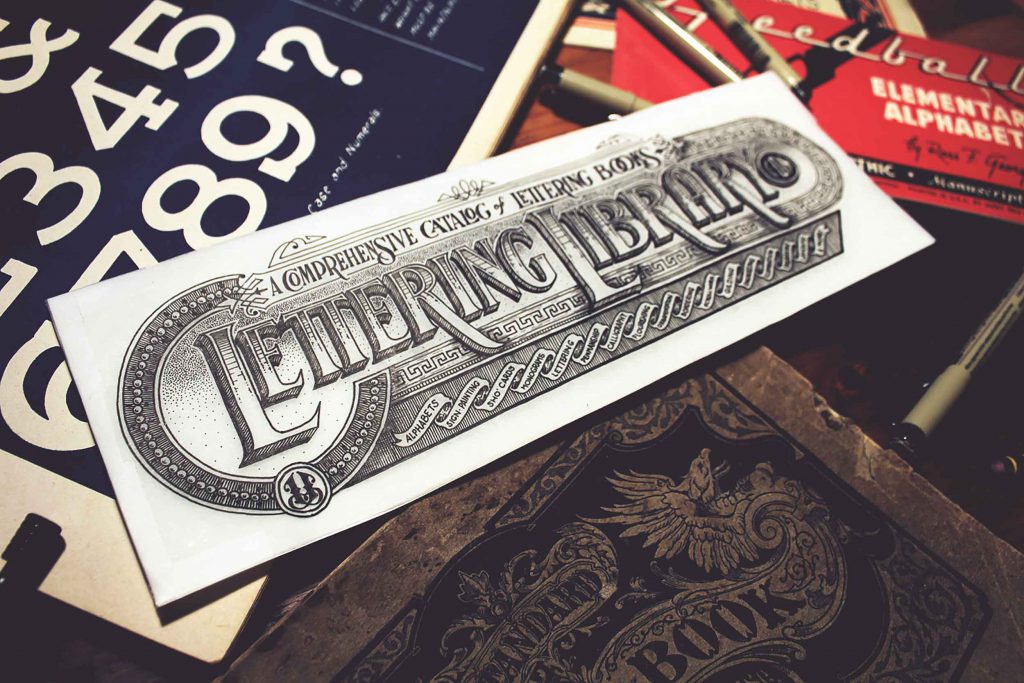
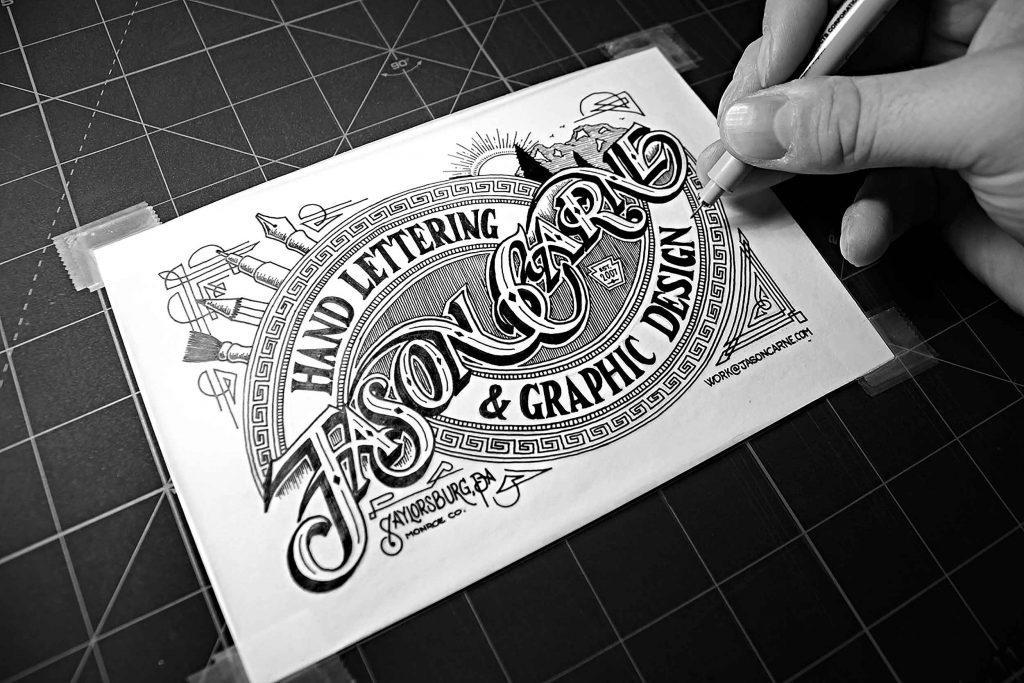
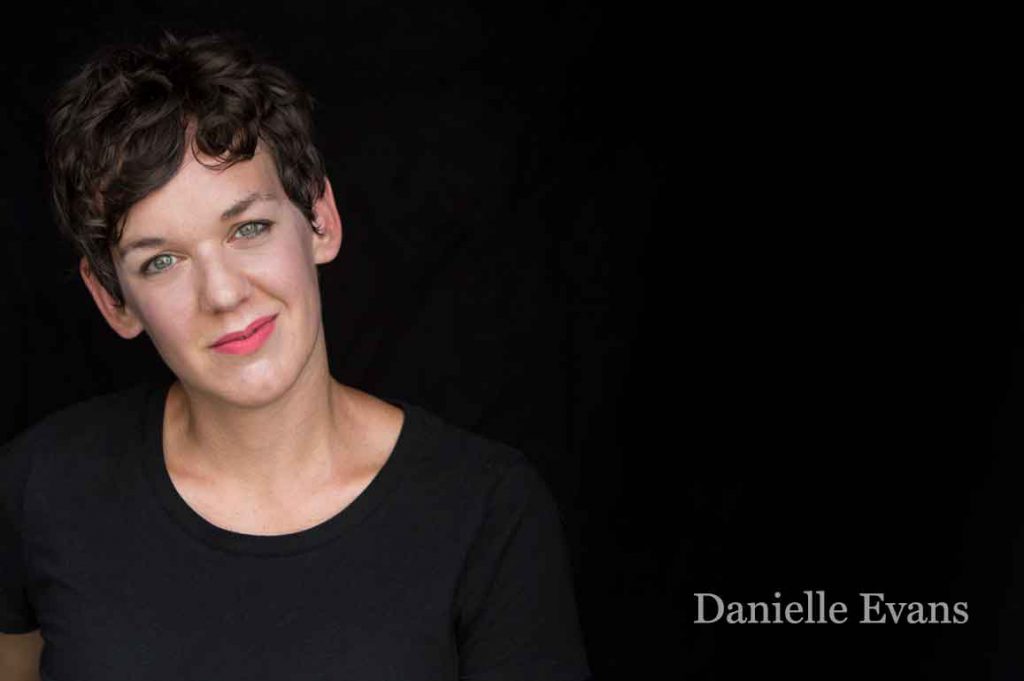 Danielle Evans is an object lettering artist, art director, and animator from Columbus, Ohio. She uses objects and food to create her lettering, and rather than chose mediums for color or trendiness, she crafts the materials and forms around a concept. She loves finding the correct energy in her strokes or stumbling across a new technique as well as the styling process. To get inspired, Danielle’s recommendation would be to go outside.
Danielle Evans is an object lettering artist, art director, and animator from Columbus, Ohio. She uses objects and food to create her lettering, and rather than chose mediums for color or trendiness, she crafts the materials and forms around a concept. She loves finding the correct energy in her strokes or stumbling across a new technique as well as the styling process. To get inspired, Danielle’s recommendation would be to go outside.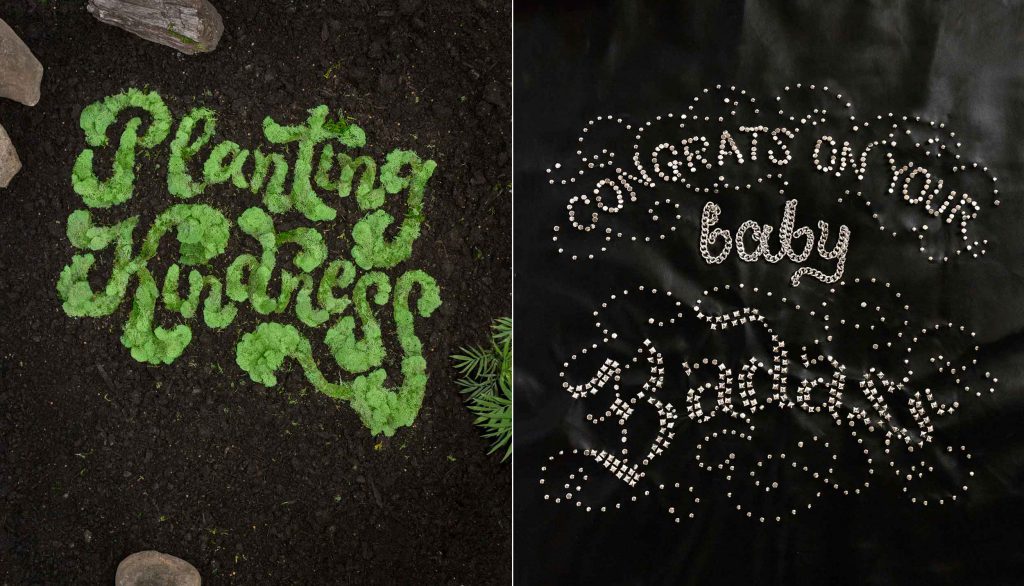

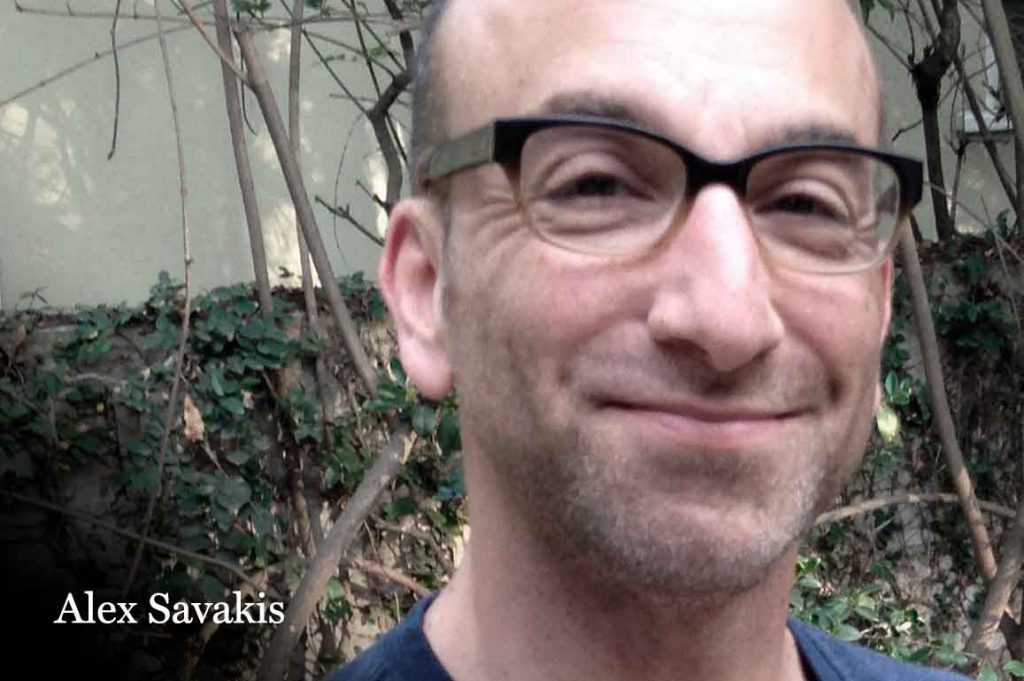 Alex Savakis, a designer and illustrator from Concord, California, deconstructs letters to create new expressions of their forms. He finds the work of fellow lettering artists and calligraphers inspirational, including the American Greetings lettering team with whom he trained with. He says, “Their enthusiasm, spirit and grit inspire me to make something everyday.”
Alex Savakis, a designer and illustrator from Concord, California, deconstructs letters to create new expressions of their forms. He finds the work of fellow lettering artists and calligraphers inspirational, including the American Greetings lettering team with whom he trained with. He says, “Their enthusiasm, spirit and grit inspire me to make something everyday.”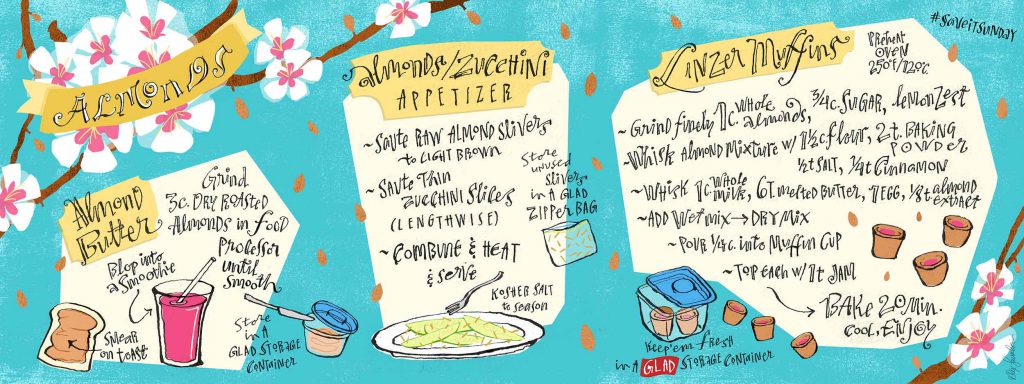
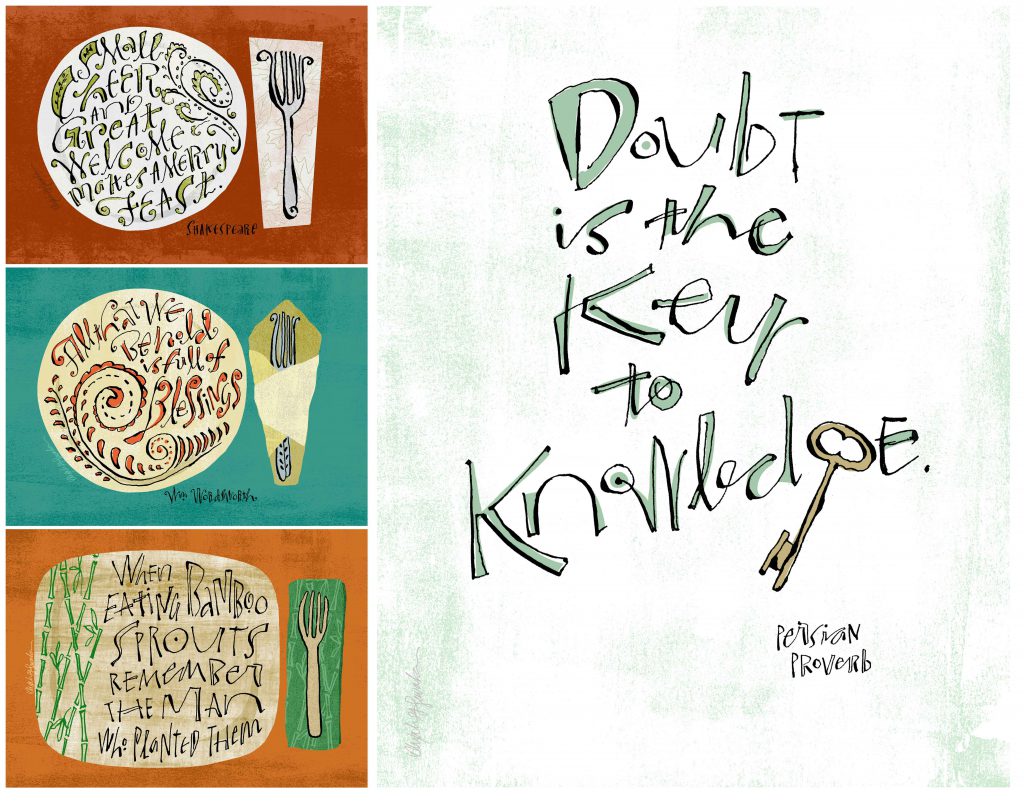 For those learning to letter, Alex recommends finding a Letraset catalog from the 80s. “The catalog was a couple of inches thick, spiral-bound and loaded with typefaces. If a copy is available at a used bookstore, grab it! Also, look online at the lettering work that excites you, deconstruct it to see how it was created, then recreate it in your hand or style. Developing your style will take time, more than you might expect. Keep at it.”
For those learning to letter, Alex recommends finding a Letraset catalog from the 80s. “The catalog was a couple of inches thick, spiral-bound and loaded with typefaces. If a copy is available at a used bookstore, grab it! Also, look online at the lettering work that excites you, deconstruct it to see how it was created, then recreate it in your hand or style. Developing your style will take time, more than you might expect. Keep at it.”

